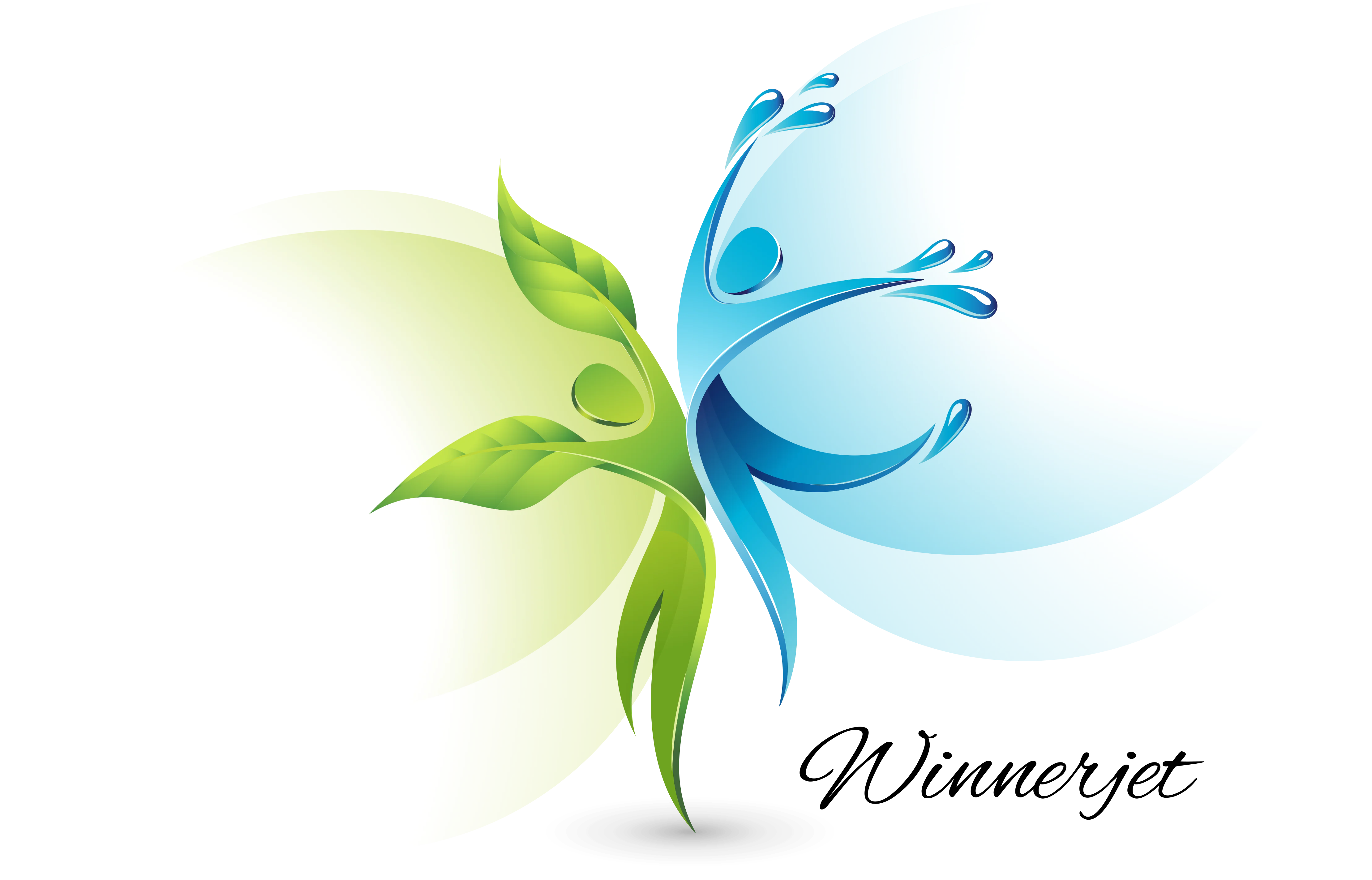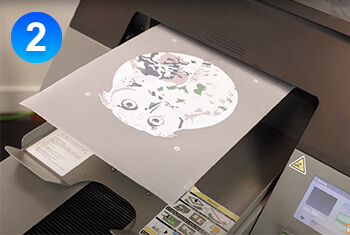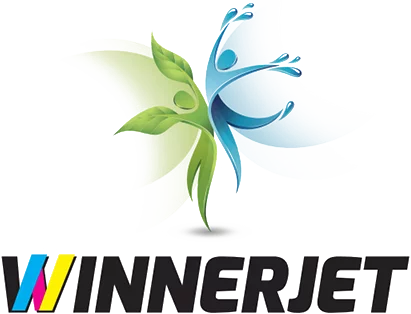What Is DTF Printing Mean?

DTF printing is a printing technique that uses DTF inks to print designs onto specialized DTF films, which are then coated with DTF hot-melt powders and heat-transferred onto various fabrics.
DTF printing is characterized by flexibility and high efficiency. Its ability to print on cotton and polyester and a wide range of materials without pretreatment makes it the first choice for companies looking for a cost-effective printing solution.
DTF Printing Vs DTG Printing Vs Sublimation Printing
DTF printing, DTG printing, and sublimation printing all fall under the category of textile printing, so let’s compare the pros and cons between them to find the best fit for your business.
| Feature | DTF Printing | DTG Printing | Sublimation Printing |
| Print Quality | Bright colors | Actual colors, highly restored | Rich colors and vivid details |
| Durability | Durable, long-lasting colorfast | Durable, long-lasting colorfast | Excellent performance, colorfast |
| Washability | Good, colorfast, and elastic | Good, but colors may fade with frequent washing | Excellent, can still keep the colour after washing |
| Applicable Materials | Wide range, including cotton and blends | Primarily cotton and blends | Polyester and polymer-coated items |
| Color Range | Broad range for dark and light-coloured fabrics | Wide range of dark and light-coloured fabrics | Smaller range, suitable for light-coloured materials |
| Print Speed | Moderate, involving multiple steps | Slow, requires pre-processing | Fast, ready to print |
| Design Complexity | Handles complex designs well | Perfectly realizes designs of high complexity | Enables highly complex designs |
| Limitations | It requires additional steps (covering with hot melt adhesive powder, hot pressing, etc.). | Best suited for cotton, limited material compatibility | Polyester only, not cotton |
| Investment Costs | Moderate, additional film and powder are needed | High, requires specialized printers | Moderate, requires specific equipment |
| Capacity | Suitable for small to medium runs | Best for small to medium runs | Efficient for small to medium runs |
| Environmental Impact | Transfer film generates some waste | High water and ink usage | Less waste, but relies on synthetic materials |
DTF Printing Process
Equipment And Materials Required
- DTF Printer: This is for printing patterns on film.
- DTF Ink: Special ink for printing brightly colored patterns.
- DTF Film: Special film to fix the printed pattern.
- DTF Powder: To ensure that the pattern adheres to the fabric.
- Powder Shaking Machine: Ensures the hot melt adhesive powder evenly covers the printed pattern.
- Oven: Ensures that the hot melt adhesive powder is completely melted.
- Heat Press: Heat transfers the pattern onto the material.
Step-by-Step Guide
- 1.Design.Create or edit your design using graphic design software (e.g., Adobe Illustrator), ensure it is high resolution, and save it in a suitable format.
- 2.Printing.Print the designed pattern on a particular DTF film using a special DTF printer compatible with DTF inks.
- 3.Powder And Hot Melt.The printed film is evenly coated with adhesive powder, which ensures strong adhesion and improves durability.
- 4.Transfer.Set the heat press to approximately 320°F (160°C) and press for 15-20 seconds at medium pressure.
- 5.Peel.After cooling, peel off the film to reveal the transferred design.
- 6.Done.Complete the design pattern with vibrant and accurate colors.
Advantages Of DTF Printing

- Suitable for various materials: DTF printing can be used on multiple materials, such as cotton and polyester blends.
- Strong durability: Printing is highly resistant to abrasion and washing, keeping the pattern bright and intact for a long time.
- Low printing cost: DTF ink printing eliminates the need to pre-treat textiles, reducing material waste and saving costs.
Limitations Of DTF Printing

- High initial job costs: The initial investment in DTF printers and associated consumables can be high, which can be a barrier for some businesses.
- Complicated learning curve: The DTF process requires time and practice to become proficient with print settings.
- Maintenance mastery: Regular maintenance is required to keep equipment in top condition.
DTF Printing Applications

- Apparel. Customized t-shirts, hoodies, and sportswear.
- Promotional Products. Hats, handbags, and corporate merchandise.
- Customized Gifts. Such as tote bags and pillowcases.
- Customized Supplies. Custom masks, backpacks, and shoes.
- Specialty items. Customized metal and woodwork.
How To Choose A DTF Printing Solution

Considerations
Print Quality
- Ensure that the printer and ink provide vibrant and accurate prints.
- Check for compatibility between materials and print durability.
Business Costs
- Evaluate the cost of the initial job and ongoing expenses for consumables such as ink and film.
- Consider long-term value and efficiency.
Brand Assurance
- Choose a brand with a long history and a solid reputation.
- Look for positive customer reviews and vital support services.
Tips For Choosing The Right DTF Printer
- Assess your needs.Determine the daily production volume and the type of material to be used.
- Test sample before you buy.Request a sample test (Winnerjet offers samples of matching DTF inks, DTF pet film, DTF hot melt powders, etc.) to ensure the print quality meets your standards.
- Consider support and warranty.Choose a machine with comprehensive customer support and warranty options.
- Research and compare.Compare the features and prices of different DTF printer models to find the best device for your business.
DTF Printer And Consumables Care And Maintenance

DTF Printer Maintenance Tips
- Clean the printhead and nozzles regularly to prevent clogging. Run maintenance intervals as recommended by the manufacturer.
- Use the printer regularly to keep the ink flowing and prevent deposits.
- Keep the printer software updated for optimal performance.
Handling And Storing DTF Materials
- Store DTF ink/film and adhesive powder in a cool, dry place out of direct sunlight.
- Keep materials sealed to prevent contamination.
- Handle DTF FILM and DTF POWDER carefully to avoid damage affecting print quality.
Future Trends In DTF Printing

As technology advances, printers continue to add technology to print faster and more efficiently, with higher resolution and improved print quality. At the same time, the development of artificial intelligence will make the automation process popular, simplifying the workflow and improving productivity.
Expanding material compatibility and developing innovative technologies can print on a broader range of materials. Enhanced adhesion, using better bonding technology for a wide range of fabric types, further expanding the commercial scope of DTF printing.
Conclusions

- DTF printing is a versatile, efficient, and effective method for producing vibrant and durable prints on various materials.DTF offers advantages over conventional techniques, such as no fabric pretreatment and excellent wash resistance. However, achieving optimal use requires an initial investment and a learning curve.
- DTF printing will become more efficient and adaptable as technology advances, expanding material compatibility and improving equipment. Its customizable flexibility and potential for high-quality output will become one of the unmissable choices for mass production by medium to large enterprises and customized design by individual hobbyists. Winnerjet is an expert in DTF printing solutions; we provide professional equipment, high-quality consumables, and technical and customer service support. Contact us to start your business.














